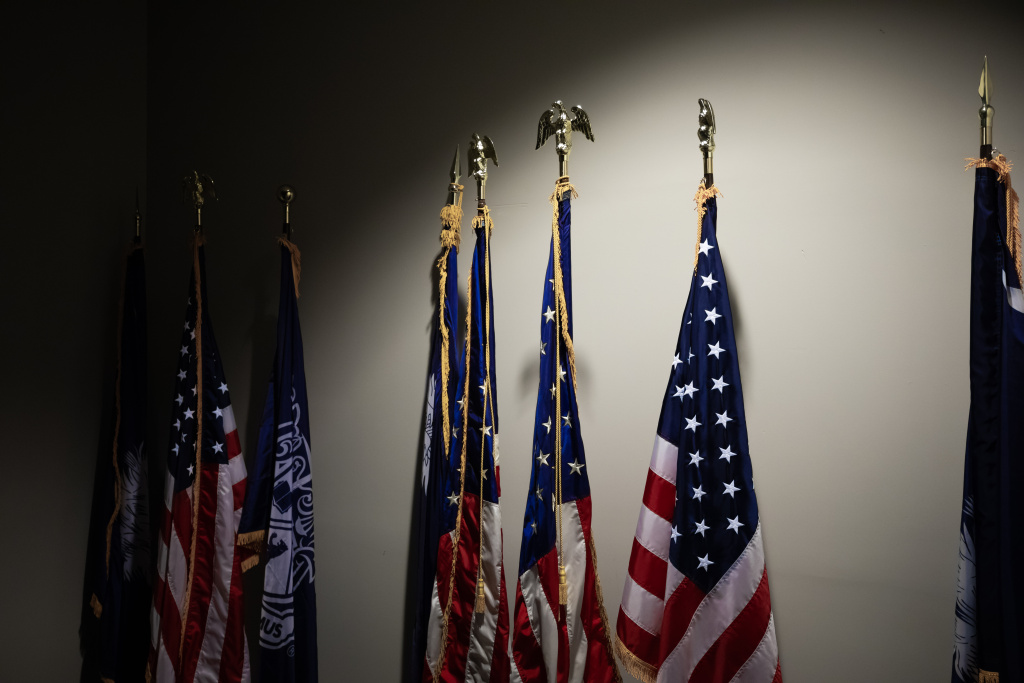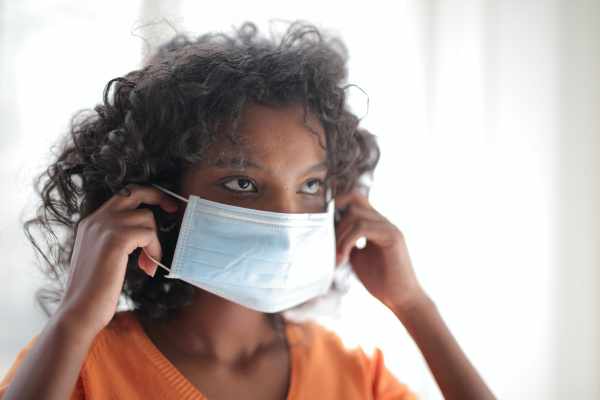Cases & Testing
As of Thursday, April 9, 2020, the United States had a total of 454,615 total positive COVID-19 cases and 16,074 deaths. There have been positive cases in all 50 states as well as the District of Columbia, Puerto Rico, Guam, Northern Marianas and the U.S. Virgin Islands.
The current hospitalization rate for positive cases is 4.6 people per 100,000.
All current United States territories are actively testing for COVID-19.1
New cases per day in the United States are currently outpacing new cases in any other country. Many other countries, including Spain and Italy, appear to be passing the peak of infections, while the United States has not yet approached a peak of new cases.
Federal Government Response
Health Recommendations
On March 16, 2020, President Donald Trump and the White House Coronavirus Task Force announced a 15-day plan to slow the spread of COVID-19. The plan included instructions that any individuals with symptoms or a positive test for COVID-19 and their family members should stay home from work or school. The plan also instructed the elderly and those with underlying health conditions to stay home and away from other people at all possible opportunities.
This announcement also set guidelines to limit social gatherings with more than 10 people as well as to avoid optional travel, social visits, shopping trips and eating/drinking at restaurants of any kind. The public should avoid visiting nursing homes, retirement homes or other facilities with high-risk patients.
On Tuesday, March 31, 2020, President Donald Trump announced that this plan would extend until April 30, 2020.3
Stimulus Bill
The federal government is also attempting to mitigate the effects that the pandemic will have on the economy. On March 27, 2020, President Donald Trump signed a $2 trillion stimulus package to help the American people recover from economic hardship due to the spread of COVID-19.4
According to the plan, single Americans will receive $1,200; married couples will receive $2,400; and parents will receive $500 for every dependent child they have under the age of 17 years old. The funds will begin to lessen incrementally for those who make more than $75,000 a year and the funds are not available to those who make more than $99,000 a year. The stimulus bill will also provide money for hospitals, airlines and airports.
The government has also decided to increase funds received due to unemployment. Unemployed workers will now receive an additional $600 a week on top of state benefits. The federal government is also currently looking into extending the amount of time that one can receive unemployment checks by about 13 additional weeks.
The stimulus bill also has put in place protections against foreclosures and evictions. These allow for citizens to delay payments for up to 30 days at a time without any penalties or fees.5
Other Economic Plans
The federal government has also made a few other delays in an attempt to mitigate the burden of the disease. The Department of Education has officially suspended all student loan payments until September 30, 2020. During this time, interest will not accrue and there will be no penalties whatsoever.
The Treasury Department has also announced $500 billion to be allowed in loans for business, states and municipalities that have been adversely affected by COVID-19. The Treasury Department will set aside a portion of this $500 billion to go specifically to passenger air carriers, cargo air carriers and businesses that work in national security.5
Sources
- Cases in U.S. Centers for Disease Control and Prevention. https://www.cdc.gov/coronavirus/2019-ncov/cases-updates/cases-in-us.html. Published April 3, 2020. Accessed April 5, 2020.
- Hay J. The coronavirus graphic to watch: UK deaths exceed China’s. GlobalCapital. https://www.globalcapital.com/article/b1kqc2ql83dz82/the-coronavirus-graphic-to-watch-uk-deaths-exceed-china39s. Accessed April 5, 2020.
- Coronavirus Guidelines for America. The White House. https://www.whitehouse.gov/briefings-statements/coronavirus-guidelines-america/. Accessed April 5, 2020.
- Foran C, Raju M, Byrd H, Barrett T. Trump signs historic $2 trillion stimulus after Congress passes it Friday. CNN. https://www.cnn.com/2020/03/27/politics/coronavirus-stimulus-house-vote/index.html. Published March 27, 2020. Accessed April 5, 2020.
- What’s in the $2 trillion coronavirus stimulus bill. CNN. https://www.cnn.com/2020/03/25/politics/stimulus-package-details-coronavirus/index.html. Published March 26, 2020. Accessed April 5, 2020.








